
dbSheetClient allows you to create a Web-enabled system using the Excel interface and its functions that you are familiar with.
It has got all the features and standards you need to use in an office system.
dbSheetClient provides solution for easy construction of a rich client Web-enabled system that applies its frame to Microsoft's Excel and Access, applications that are most commonly used in offices.
In this rapidly changing era, this tool not only makes system maintenance easy, but also allows for in-house system creation.
By developing a Web-enabled system in-house and then performing maintenance in-house as well, you can swiftly respond to specification changes as well as significantly reduce expenses.
* Please also browse Do you want to use the same Excel functions to create a Web-enabled system?
* For Access, please also check the Access Version.

All the input Excel data is updated and managed in a database. The data can be transferred from the database to Excel.
In other words, dbSheetClient uses the same interface as Excel.
dbSheetClient consists of a Server component that operates on the server-side, a Runtime component that operates on the client-side, and a Development component that creates the definition files that act as an instruction document for the Runtime component.
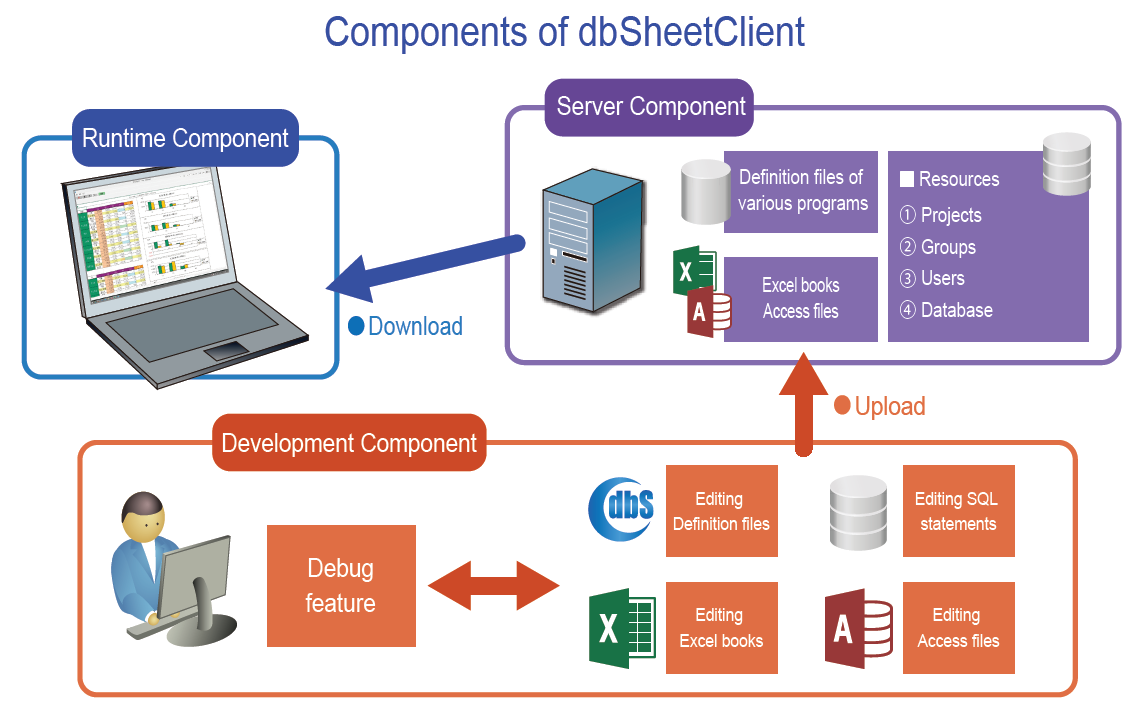
Formalized Excel operations generally refers to work stages involving the distribution of Excel Workbooks standardized through work improvement activities to the same managers.
Cumbersome Excel operations lead to mistakes! Excel Workbooks are managed manually and below are some of the challenges faced:
MDB files have limitations. Client/Server type operation of Access face challenges stated below:
dbSheetClient is a tool that is extremely efficient for creating a Web-enabled system for Excel operations. Since the Excel sheets and database on the server are directly linked, the chart on the Excel sheet is just a screen format, and the data input on the screen is directly input into the database by pressing the "Register" or "Refresh" buttons. Therefore, even if the application is opened by many people, only one Excel Workbook is needed. Also, by using the functions of the Server component, you can easily achieve central management of resources and the establishment of a secure environment. Furthermore, the data in the database, offers easy achievement of categorizing and aggregating Excel Workbooks and also sharing information in real-time.
dbSheetClient allows for data in Excel Workbooks to be stored not only in the Excel Workbook but in its database. As a result, complex procedures to collect data from Excel Workbooks for calculation becomes unnecessary.
See How You Can Use dbSheetClient to Create Web-enabled System Using Excel »
For Access version, you can create the program in Access and call for the dbSheetClient function by API.
Therefore, it's relatively easy to upgrade to a Web-enabled Access system. Also after upgrading to a Web-enabled system, system maintenance by persons who understand AccessVBA becomes possible. Therefore, even with a rapidly-changing environment, you can achieve development and operation of a system that the workers will enjoy.
Access file based operations can become a web-enabled system using dbSheetClient, so valuable local data can be turned into even more effective management data.
See How You Can Use dbSheetClient to Create Web-enabled System Using Access »
Below are screen shots of dbSheetClient system, which replaced Excel Workbook based operations. In doing so, previously used Excel files are retrieved and re-used in dbSheetClient system as they are. Therefore, introducing a new operation by dbSheetClient costs less effort, even to the end users.
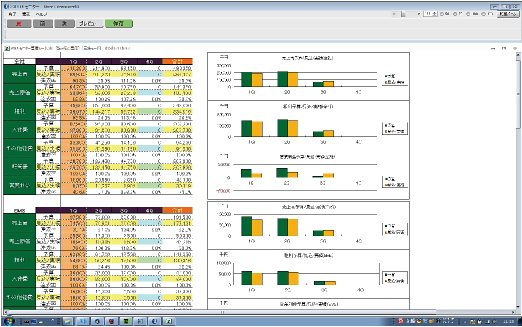
PL Monitor
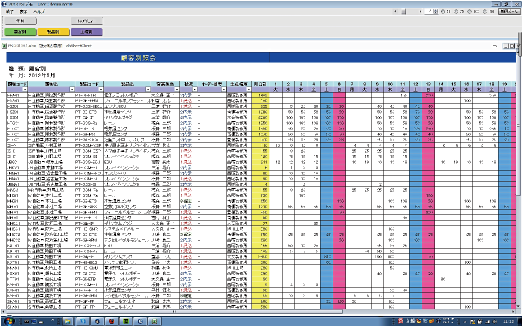
PSI
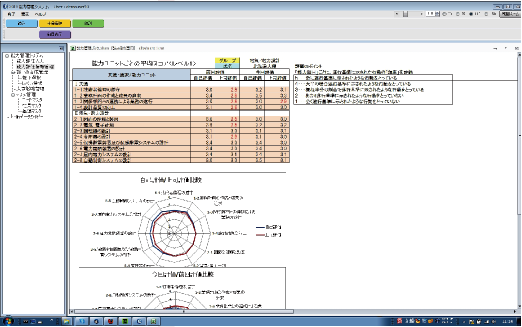
Ability evaluation management system
Below are some of the screen shots of our customer, Ichimiya Transportation Co., Ltd's.
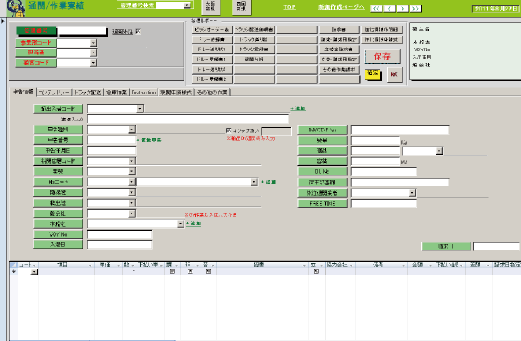
Customs clearance/work result data
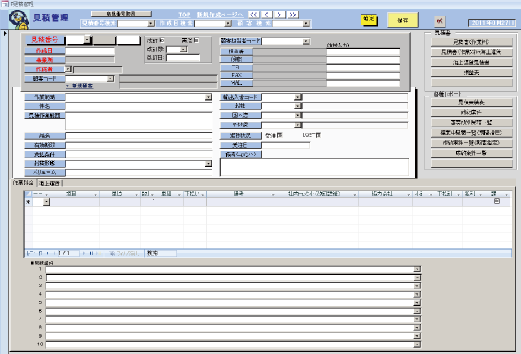
Quotation management
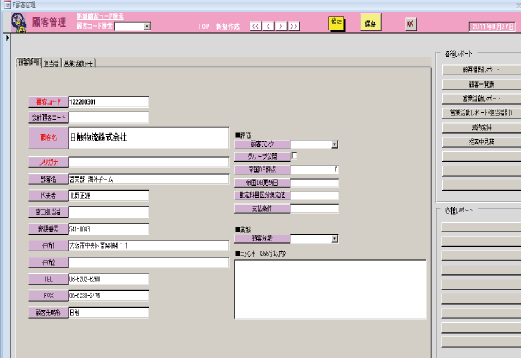
Customer management
If you want to make your end-user Excel or Access operations into a system with: